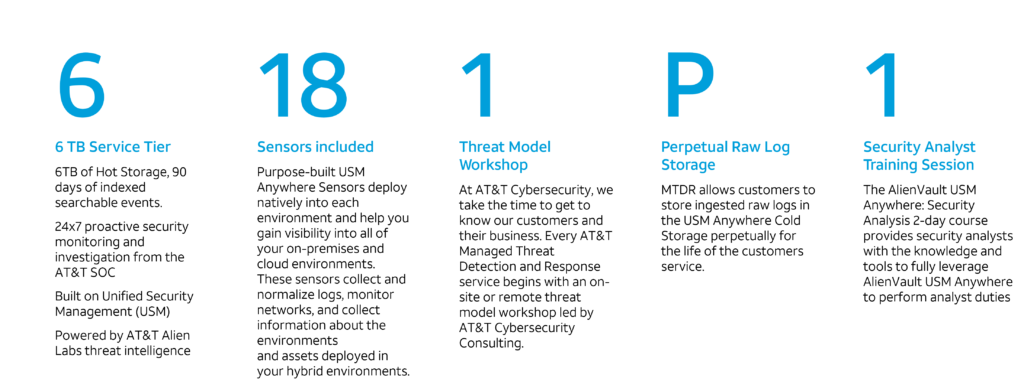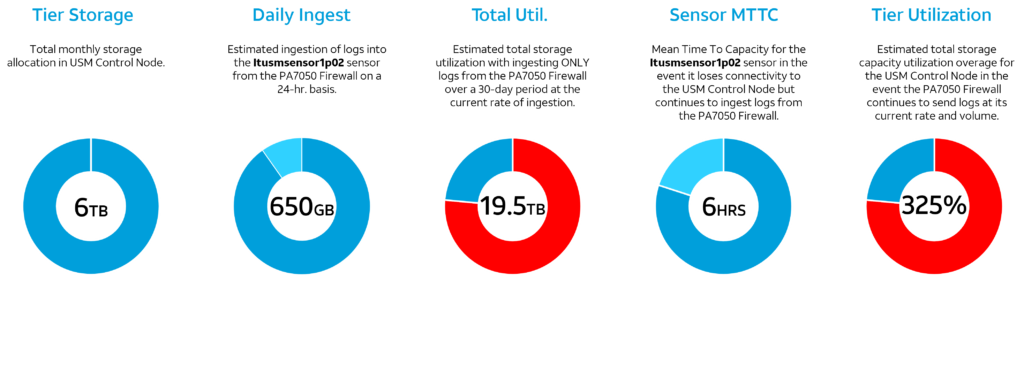

In the world of Sales Engineering, success often hinges on more than just technical knowledge—it requires deep experience, sharp discovery skills, and the ability to empathize with customers’ business and technical challenges. In mid-2021, we led a project that exemplified these demands. The engagement came with no fixed timeline, no additional budget, and one simple directive: make it work.
In late 2020, Tulane University signed a three-year agreement with AT&T for Managed Threat Detection and Response (MTDR). However, more than six months into the deployment, progress had stalled. Despite daily log transmissions from three sensors, the MTDR control node remained non-functional. The university’s CIO voiced growing frustration, and the account was at risk.


Upon engagement, we uncovered several critical deployment issues:
Sensor Overload: Tulane’s Palo Alto PA7050 firewall was generating such a high volume of logs that sensors began crashing, unable to ingest and process the data effectively.
Control Node Saturation: The sensor overload caused cascading effects, overwhelming the cloud-based control node and severely slowing down data processing from the on-premises sensors.
Delayed Threat Model Workshop (TMW): Due to earlier contractual challenges, the TMW—a critical onboarding milestone—had been postponed. We quickly facilitated its completion to realign the deployment.
Faced with these setbacks, we leveraged deep technical insight, internal coordination, and external customer-facing skills to take full ownership of the situation. Through proactive troubleshooting and continuous communication with both Tulane’s IT team and AT&T’s internal stakeholders, we stabilized the deployment environment and restored confidence in the platform.


This project stands as a testament to the strategic mindset and problem-solving capability required in complex enterprise environments—especially when the margin for error is thin and the path forward is anything but clear.
Security Oriented Convergence refers to the integration and unification of physical security, cybersecurity, and operational security systems and processes into a cohesive framework. The goal of this approach is to create a more resilient, comprehensive security posture that addresses both digital and physical threats effectively.
© 2025 Sovergence Consulting, LLC. | All Rights Reserved | Powered by Sovergence.